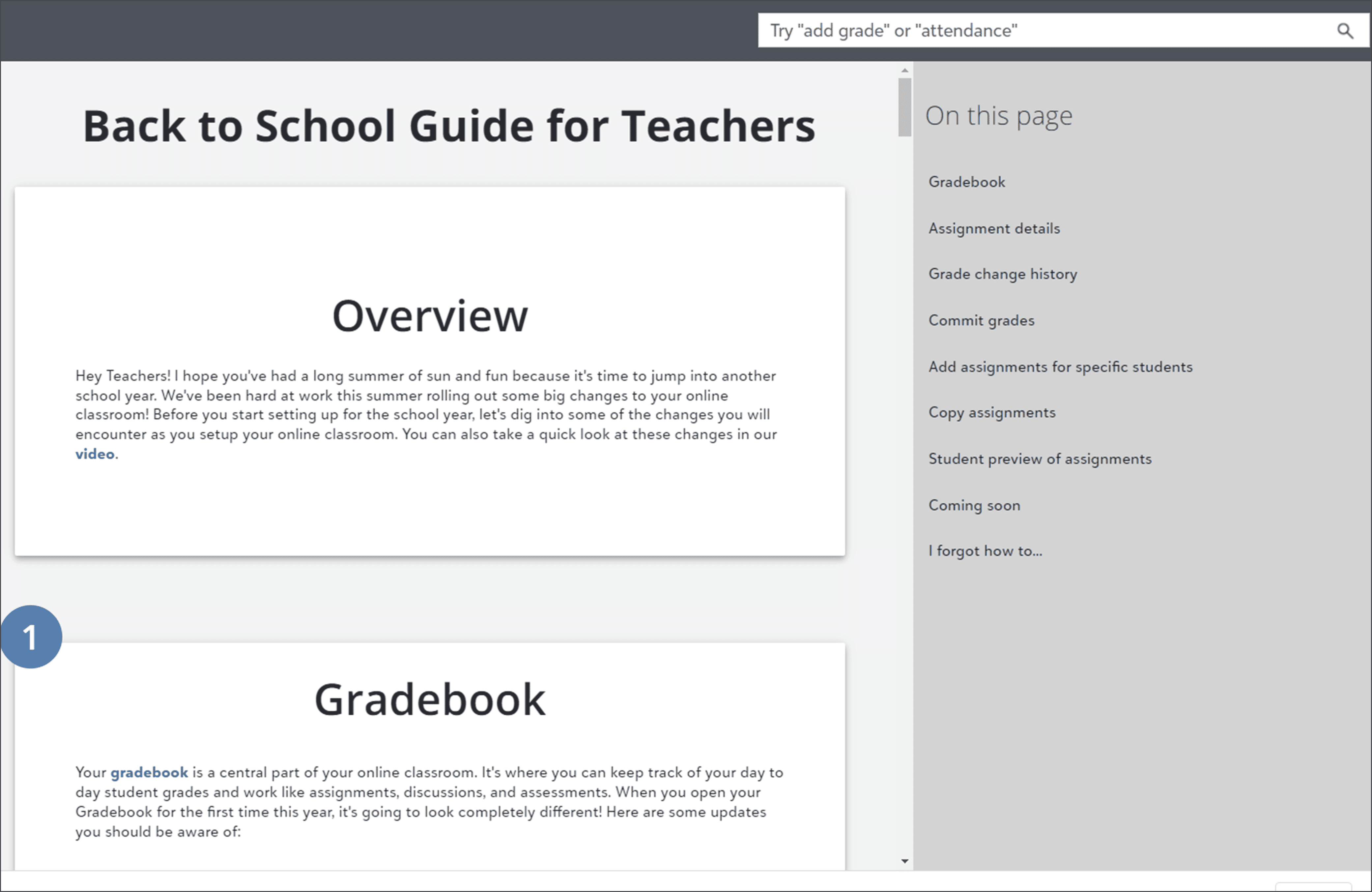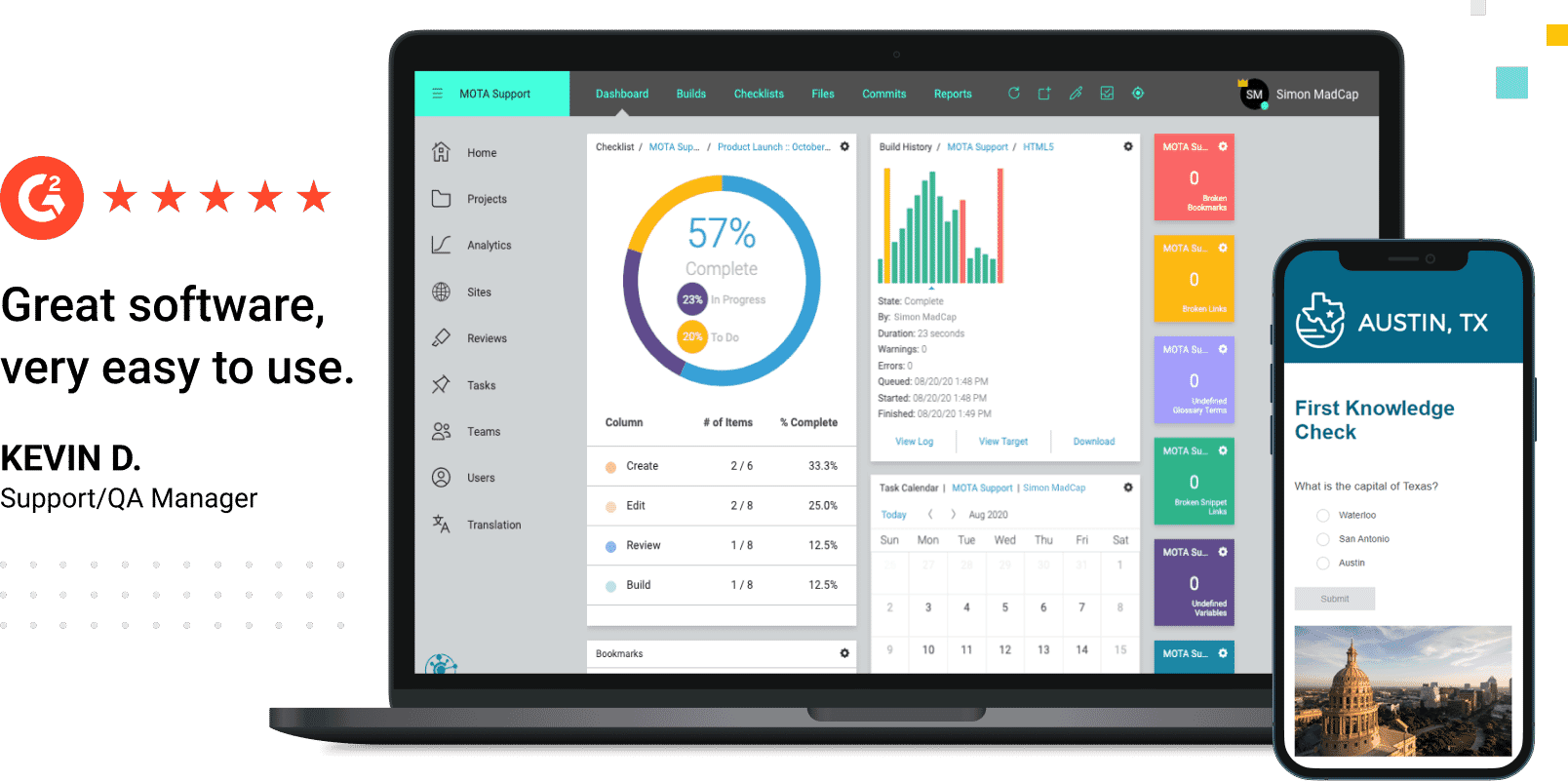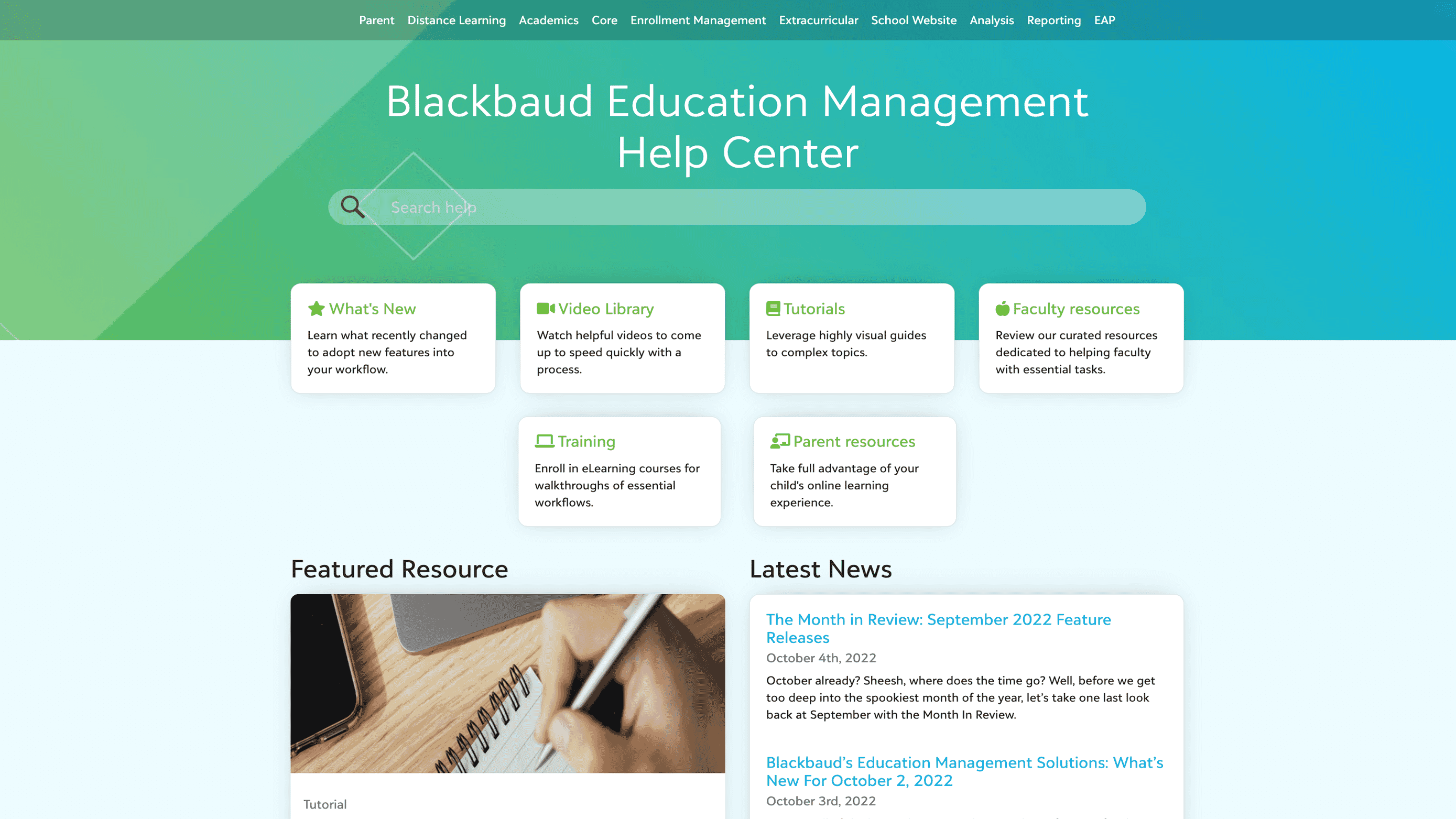Customer Success Story
Blackbaud Uses MadCap Flare to Collaborate on Delivering Modern Web Documentation, Tutorials, and In-Product Help
Maximize Reuse
Customize Content
Create One-Stop-Shop
Facilitate Collaboration
Automate Updates
Customer Success Story
Maximize Reuse
Customize Content
Create One-Stop-Shop
Facilitate Collaboration
Automate Updates
We originally brought in MadCap Flare to modernize our Help content, but it is becoming a cornerstone of our efforts to centralize access to all the information our customers rely on.
Denise Kadilak Information Architect and Sr. Manager, Blackbaud, Inc.
As the world’s leading cloud software company powering social good, Blackbaud has combined technology and expertise to help nonprofits, foundations, healthcare organizations, education institutions, companies and more achieve their missions for more than four decades. The company enables millions of users in 100-plus countries to raise over $100 billion each year.
Blackbaud connects and empowers organizations to increase their impact through cloud software, services, expertise and data intelligence. To help the developers and end users at these organizations use its cloud-based solutions, Blackbaud delivers modern web-based documentation, self-paced tutorials, and in-product Help. These resources are all created and delivered using the topic-based authoring and single-source publishing functionality of MadCap Flare.
The move to MadCap Flare arose out of an initiative to modernize the creation and delivery of online Help and print documentation for Blackbaud’s clients. A top priority was moving to a topic-based structure that would facilitate content reuse, as well as provide a separation between style and content.
Initially the company looked at the Darwin Information Typing Architecture (DITA), a standard XML data model for authoring and publishing. However, after evaluating products with DITA functionality, Blackbaud decided to use Flare.
“Although, Flare doesn’t support DITA, it is based on native XML and provides the robust topic-based approach to authoring that we wanted,” recalls Denise Kadilak, Blackbaud information architect and senior manager.
Blackbaud began implementing MadCap Flare more than a decade ago. Since then, the company has produced an increasingly comprehensive and sophisticated set of content—from knowledgebase articles and Help embedded in the cloud applications to getting started guides, and browser-based Help systems for its production and quality assurance (QA) environments. More recently, Blackbaud has used MadCap Flare to add self-paced tutorials and a modern web landing page with links to various documentation sites.
This ‘Back to School Guide’ is a self-paced tutorial which links to various resources for teachers.
Because the content supports several product lines, much of which have overlapping features, the Blackbaud information team relies extensively on capabilities within MadCap Flare that facilitate content reuse. These include topic-based authoring, conditions, snippets, variables, and global project linking, among others.
“Flare gives us the granular control we need for our product lines, which are essentially modules that share many features. You don’t want to document our email tool for one product and then document the email tool for another product,” Denise explains. “Because of the overlapping features, we make extensive use of conditions. For us, it’s probably the most important function in Flare.”
Blackbaud also takes advantage of global project linking. The team maintains parent projects from which other child projects can pull topics or file types—such as online Help files and PDFs, allowing for faster turnaround time. Through global linking, the information in the parent project will be updated in all the child projects at once.
We use Flare’s global linking feature extensively to milk every ounce out of our content. It provides a very flexible way to reuse content and is one of the biggest selling points of Flare.
Denise Kadilak Information Architect and Senior Manager, Blackbaud, Inc.
“We have about 35 standalone Flare projects that are filled with common content,” Denise explains. “From each of those parent projects, we create four or five child projects that filter for certain topics in order to create projects that are customized for different applications. Because Flare also supports different formatting or conditions using the same content, it’s very easy to get exactly what we want.”
To facilitate collaboration and version control for all the content versions created with MadCap Flare, Blackbaud uses Microsoft Azure DevOps® Services, which includes Azure Repos for setting up private, cloud-hosted Git repositories.
“It’s great having Azure DevOps to set up multiple Git repos for our Flare projects. We love it,” Denise says.
Once content is developed, Blackbaud uses Windows Task Scheduler and batch targets in MadCap Flare to automate builds, making it easier to ensure that documentation updates keep pace with the company’s new cloud software releases.
The efficiency the Blackbaud team has gained from using MadCap Flare has freed up the information team to explore new and more intuitive ways to inform and educate customers. In the past, Blackbaud maintained separate web and mobile versions of online content. However, the company now relies on MadCap Flare to produce fully responsive HTML5 output that supports all online scenarios.
Blackbaud is also expanding the type of content being delivered to facilitate knowledge transfer. Over the last two years, the company has started using MadCap Flare to create several self-paced, online tutorials.
“Tutorials were a natural next step for us. We already had the Flare projects with the content in them, so we put the design and templates in place and began production,” Denise recalls. “Now, we’re using Flare to produce standard documentation, embedded Help, and the tutorials.”
Most recently, the team added a new Help Center web landing page with icons that users can click on to navigate to the documentation site they need, as well as several videos that are maintained on Blackbaud’s YouTube channel. To date, six large projects have been added to the Help Center page with several more planned for the coming year. The landing page is generated using MadCap Flare and JavaScript written by Blackbaud that gets pulled in through the MadCap Flare Post-Build event feature.
Fill Out the Form to Start Your Free 30-Day Trial
The Blackbaud Help Center built using MadCap Flare and JavaScript.
“The Help Center landing page created with Flare and JavaScript has been very popular,” Denise observes. “Having a one-stop-shop for all things Help has definitely enhanced the user experience.”
Other departments have started asking for their content to be added to the landing page as well. They include the customer success team, which wants to provide links to videos, and the training group, which wants to make it easier for customers to find and purchase online training modules.
“The landing page is now attracting the attention of other departments,” Denise notes.




